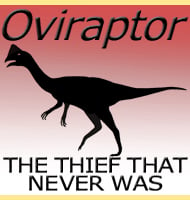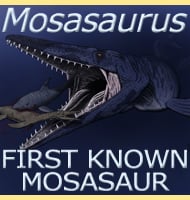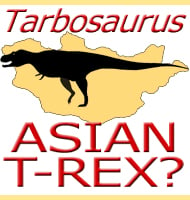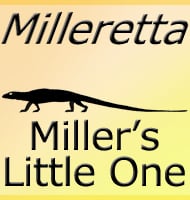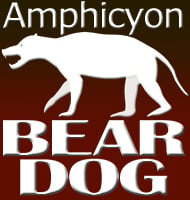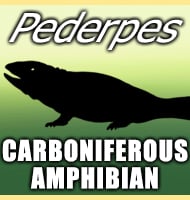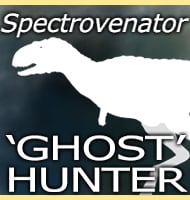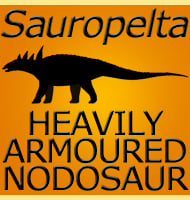In Depth
Gobisaurus is very similar to another earlier named ankylosaur called Shamosaurus, yet there are enough differences in the skull features to be certain that these are separate genera, but ones that seem to be closely related. New analysis of the Ulansuhai Formation has also indicated that Gobisaurus may have lived around the Turonian stage of the Cretaceous, whereas Shamosaurus seems to have lived around the earlier Aptian-Albian stages of the Cretaceous.
Other dinosaurs known from the Ulansuhai Formation include the theropods Chilantaisaurus and Shaochilong and it’s exactly these kinds of dinosaurs that Gobisaurus would have relied upon its armour to protect itself from. Additionally the ornithomimid dinosaur Sinornithomimus also seems to have been active in the same habitat as Shamosaurus, although this dinosaur is highly unlikely to have been a threat to an ankylosaur like Shamosaurus, even if the exact diet of most ornithomimid dinosaurs is unknown.
Further Reading
Further reading- A new ankylosaurid (Dinosauria: Ankylosauria) from the Lower Cretaceous of China, with comments on ankylosaurian relationships. – Canadian Journal of Earth Sciences 38:1767-1780. – M. K. Vickaryous, A. P. Russell, P. J. Currie & X.-J. Zhao – 2001.

